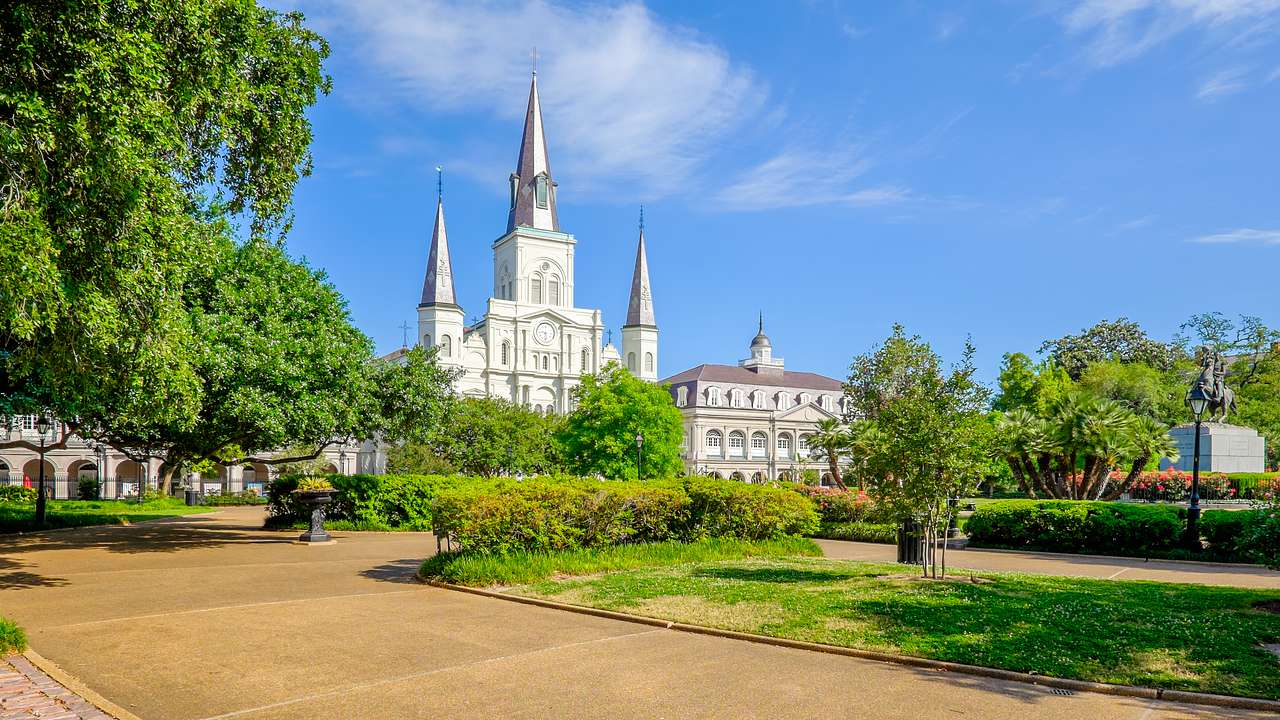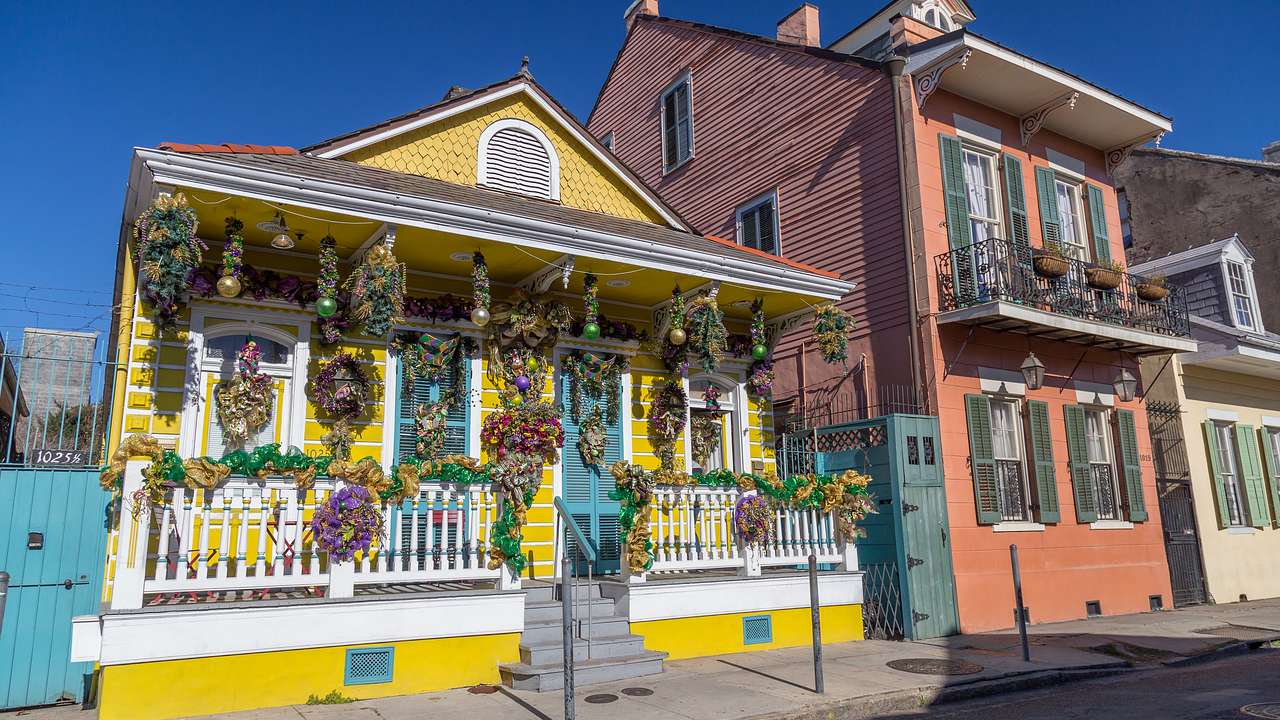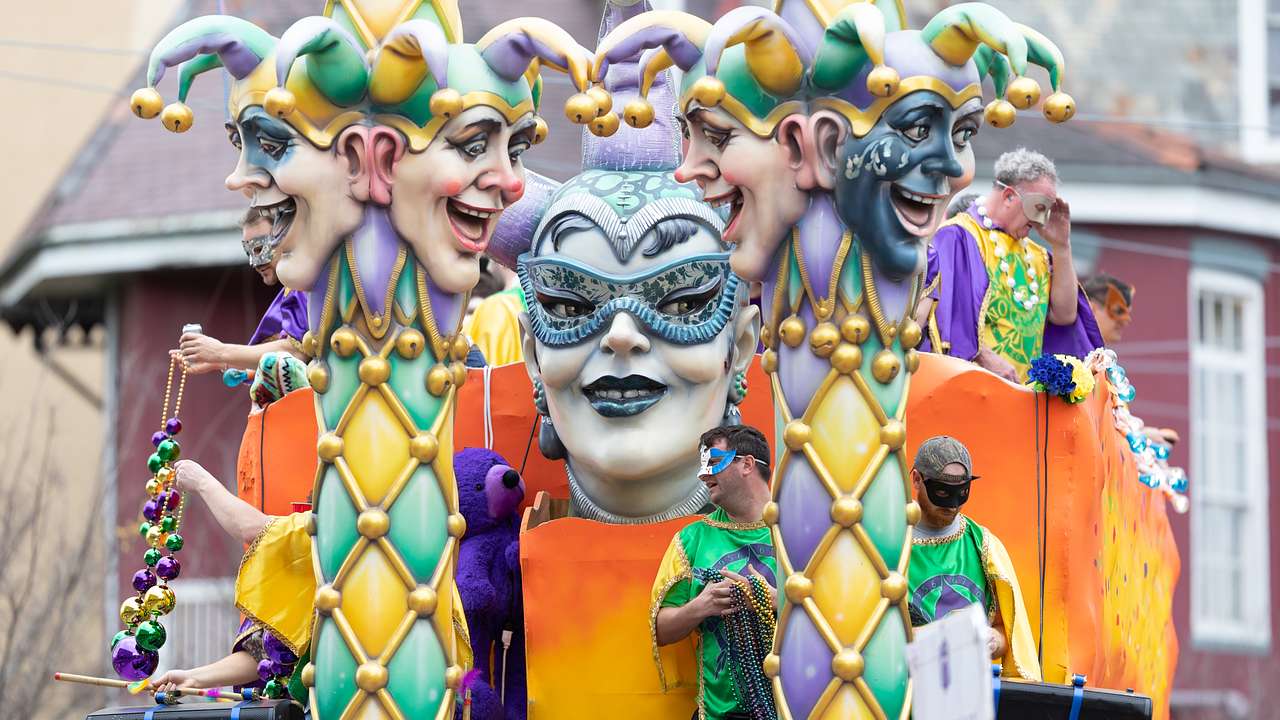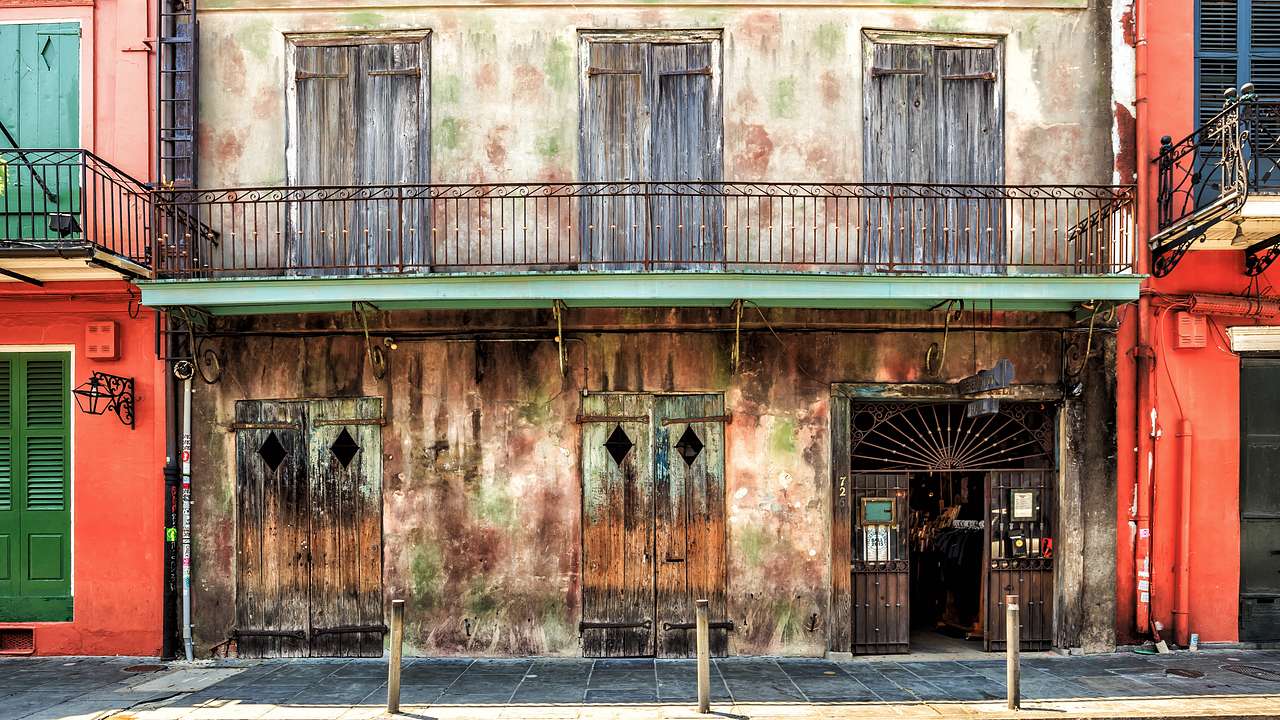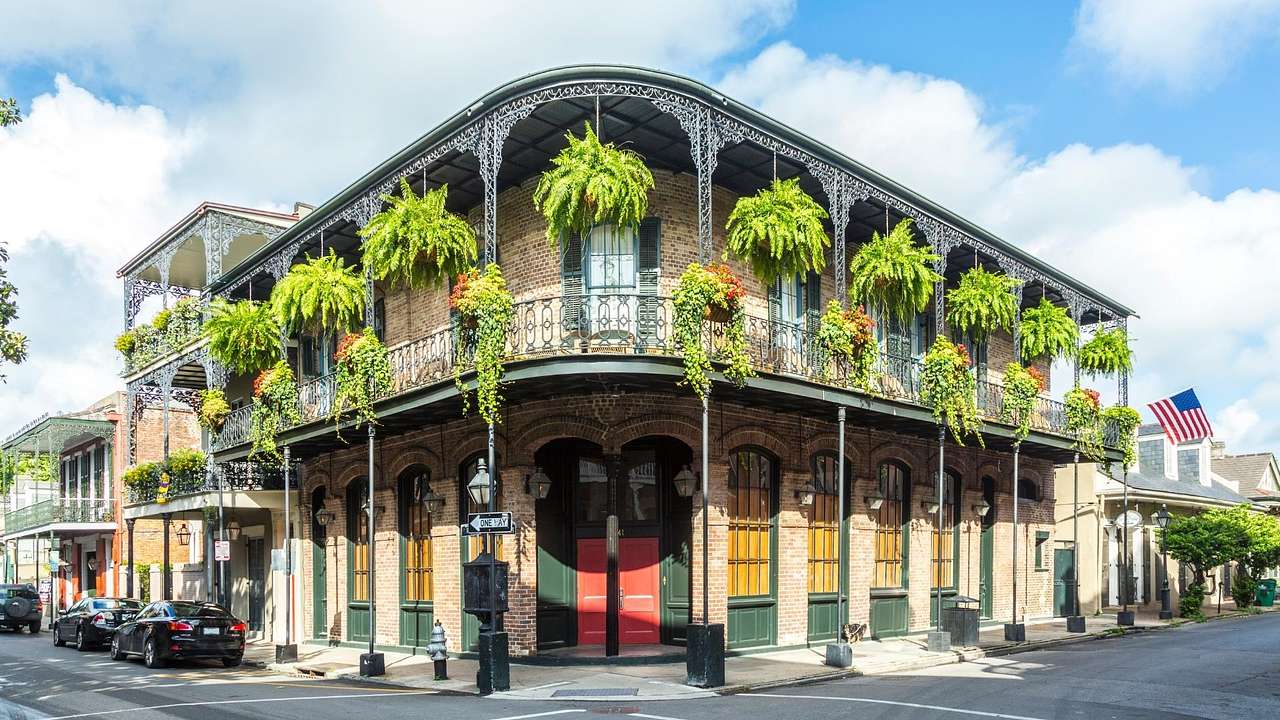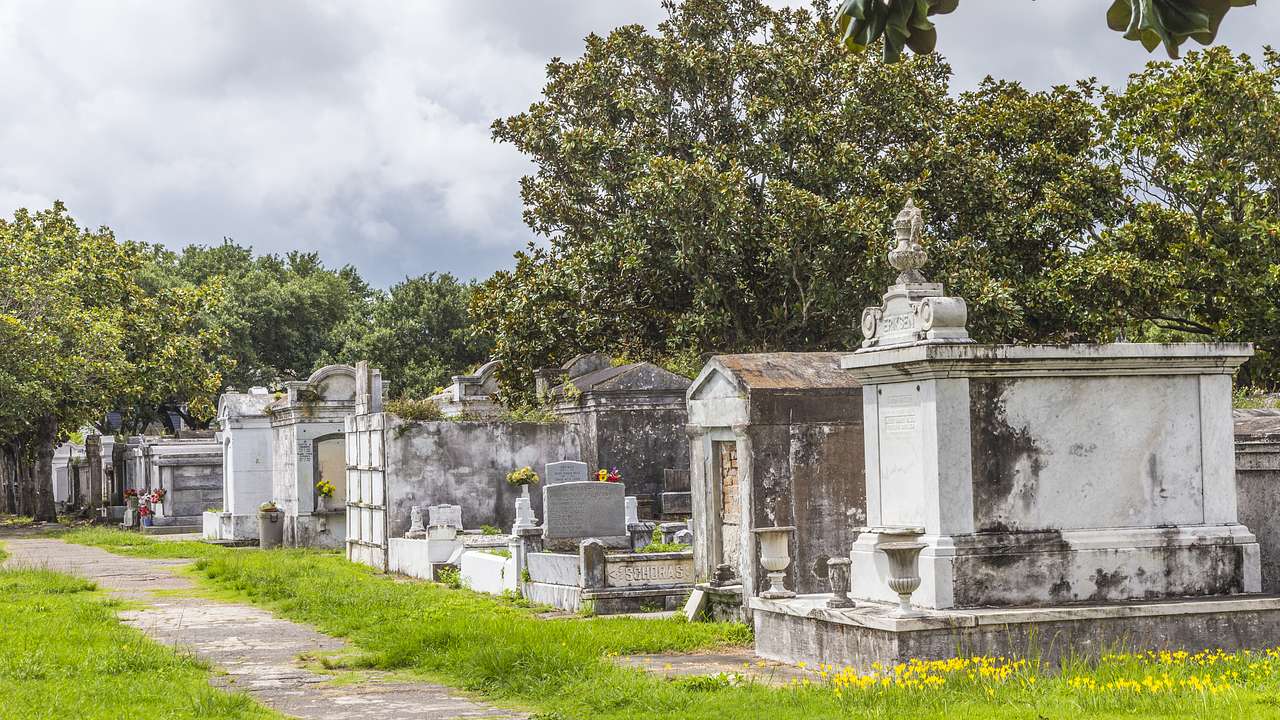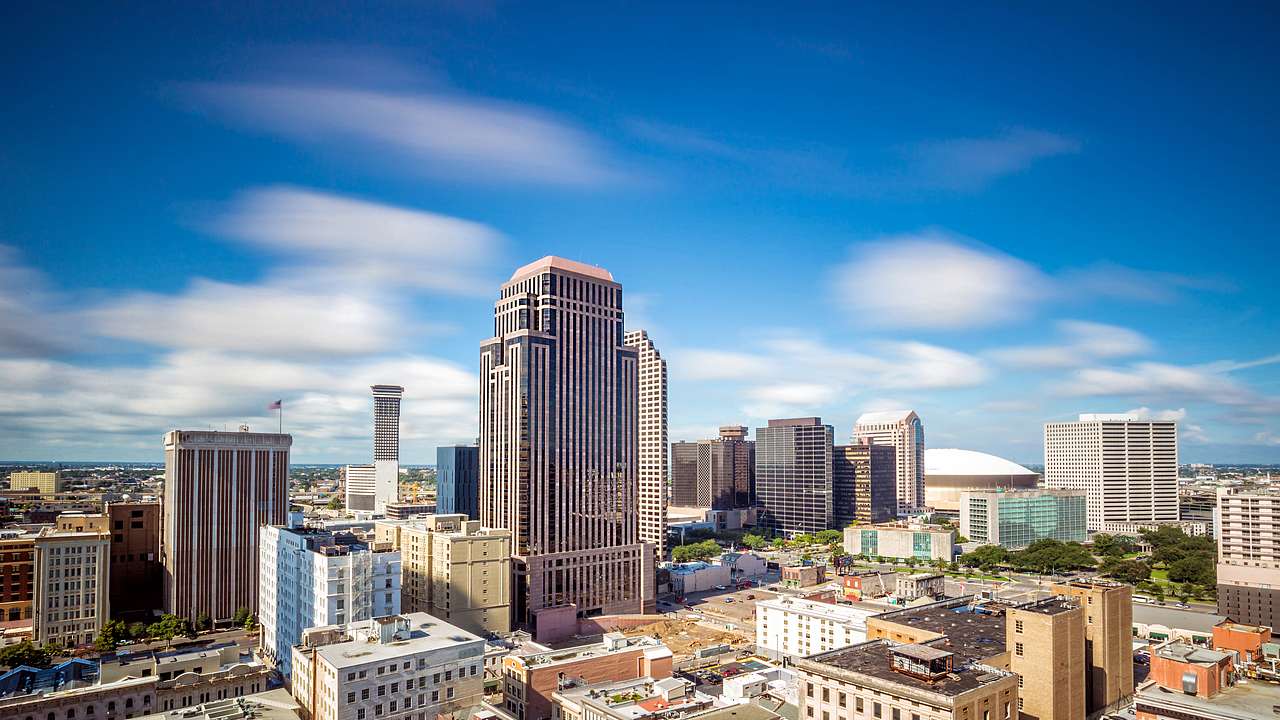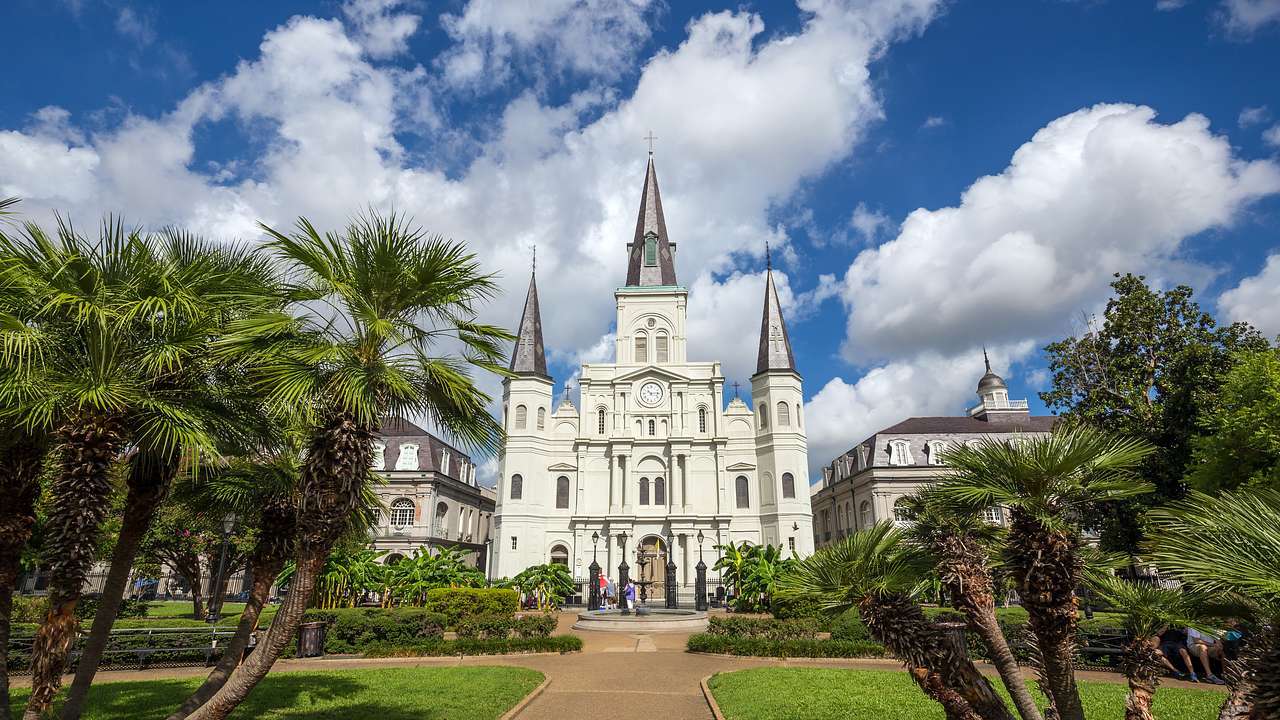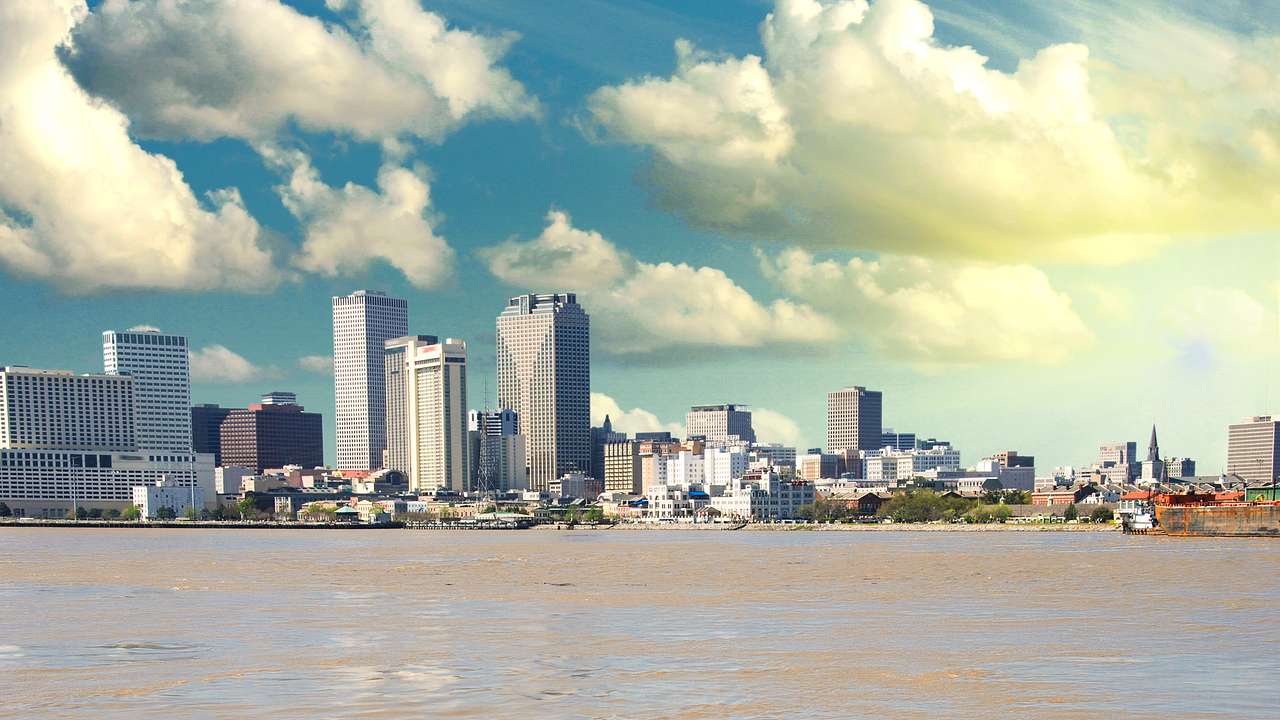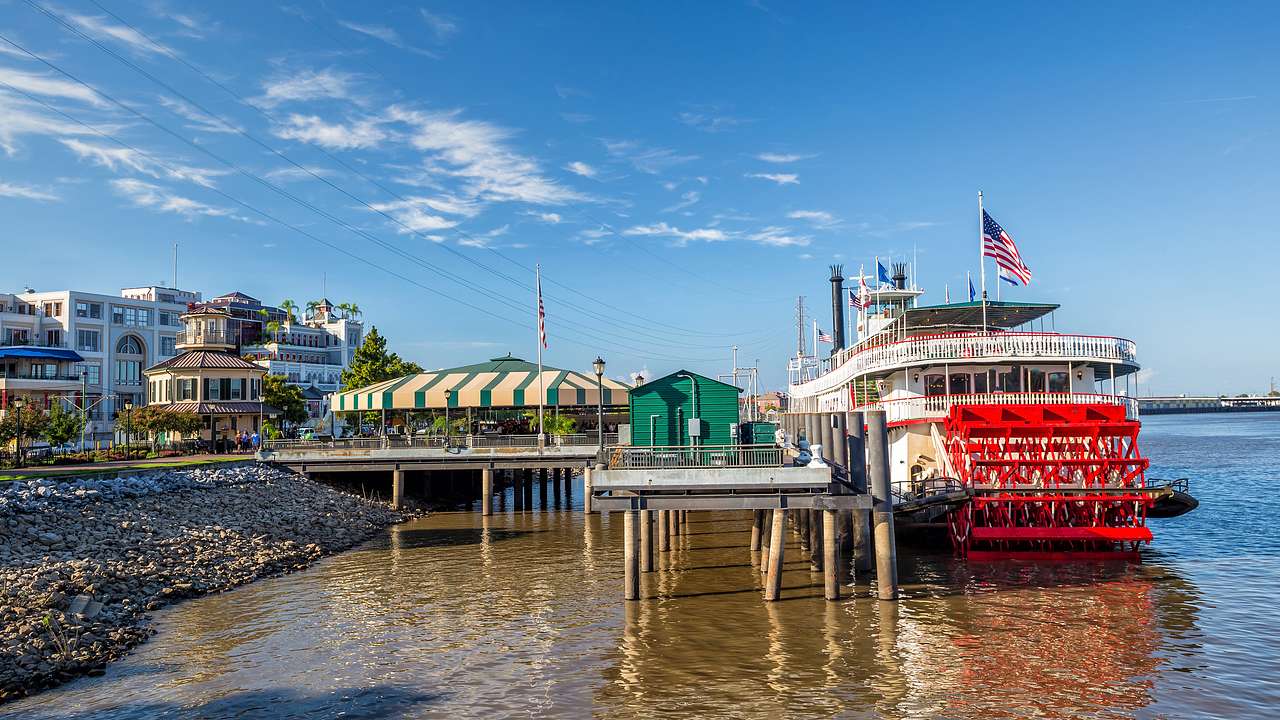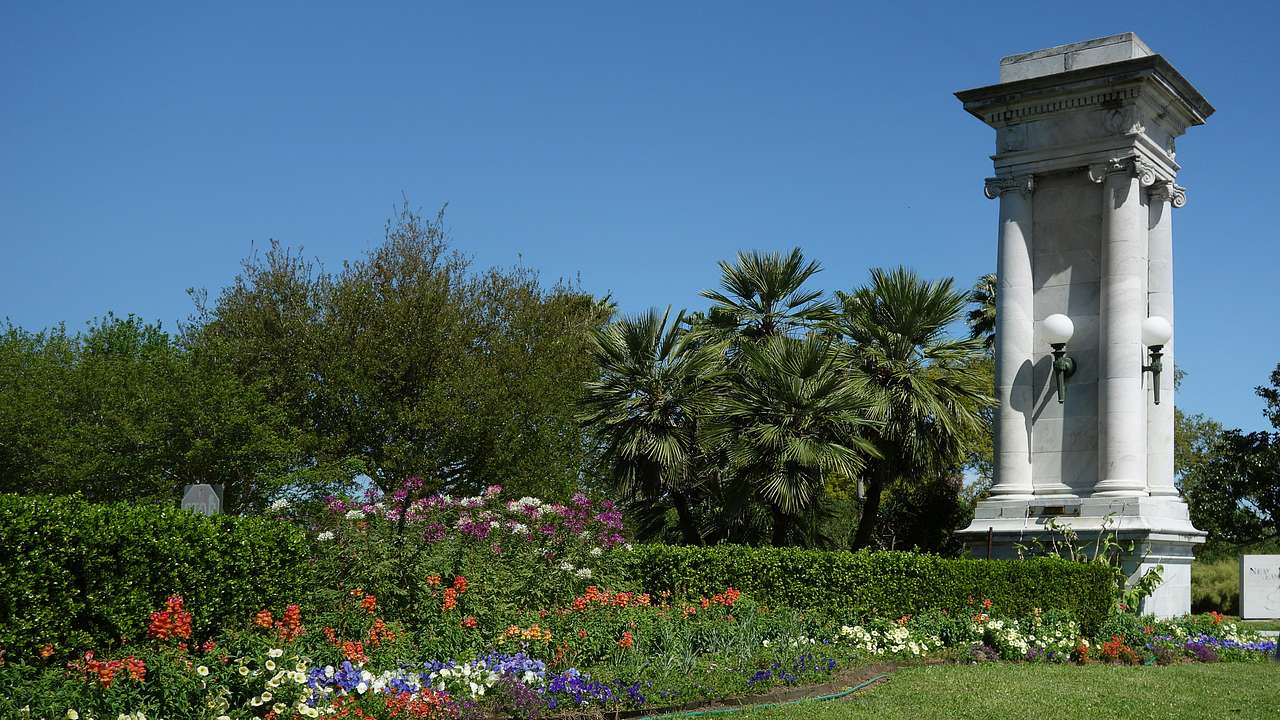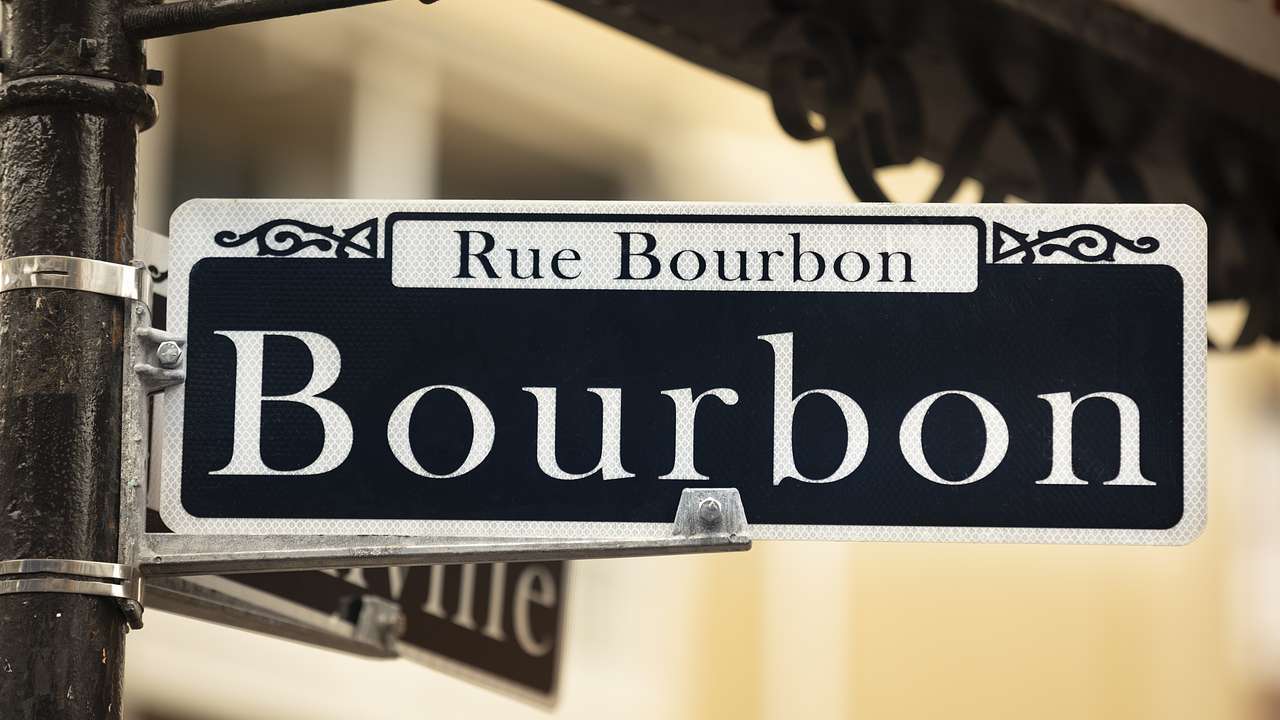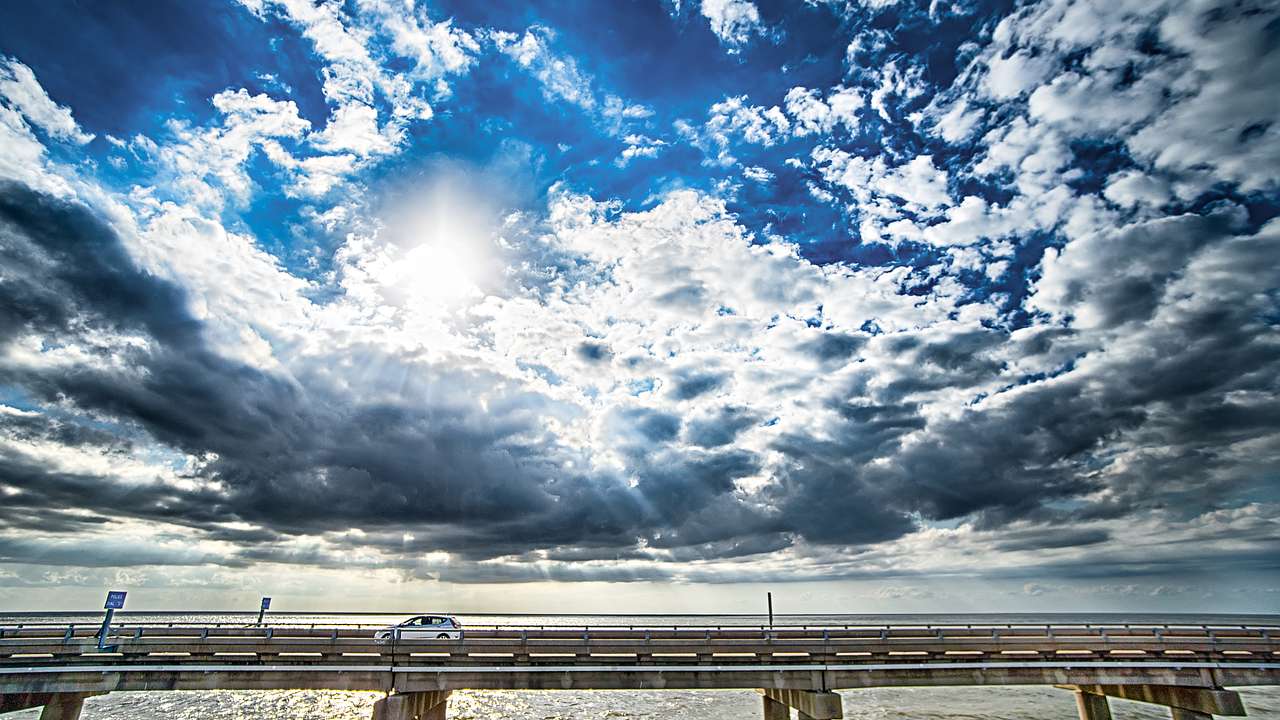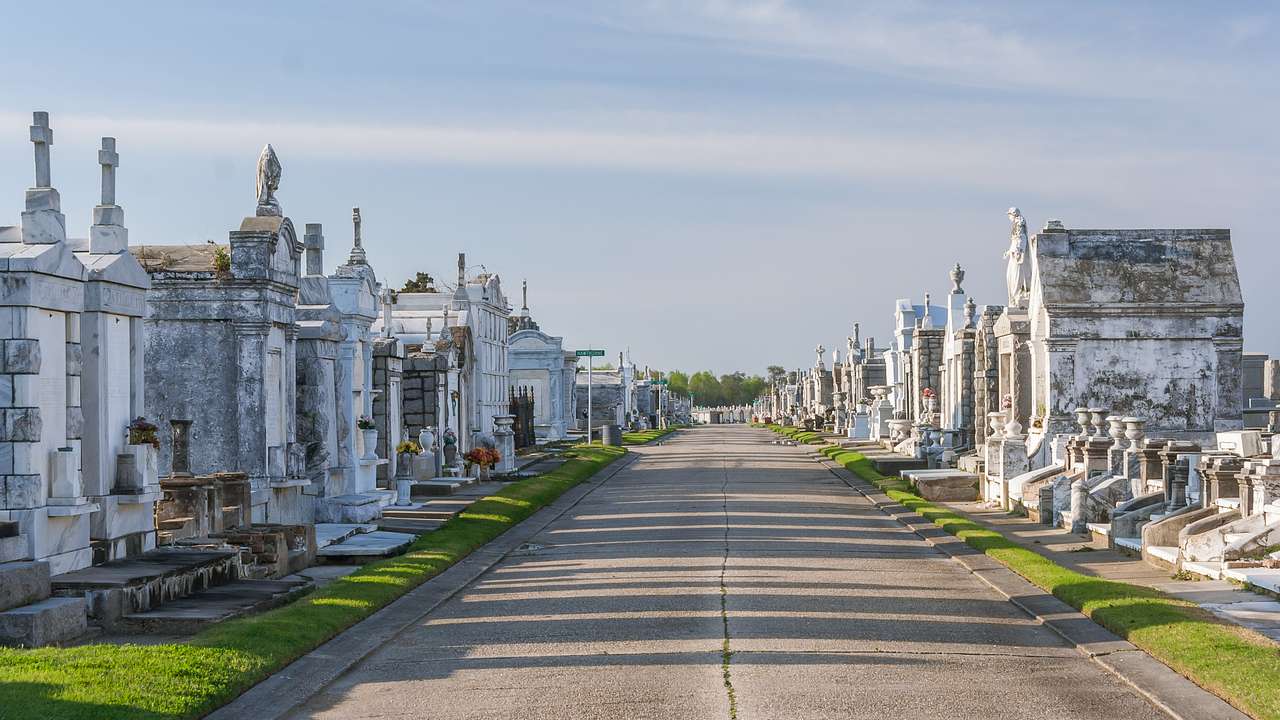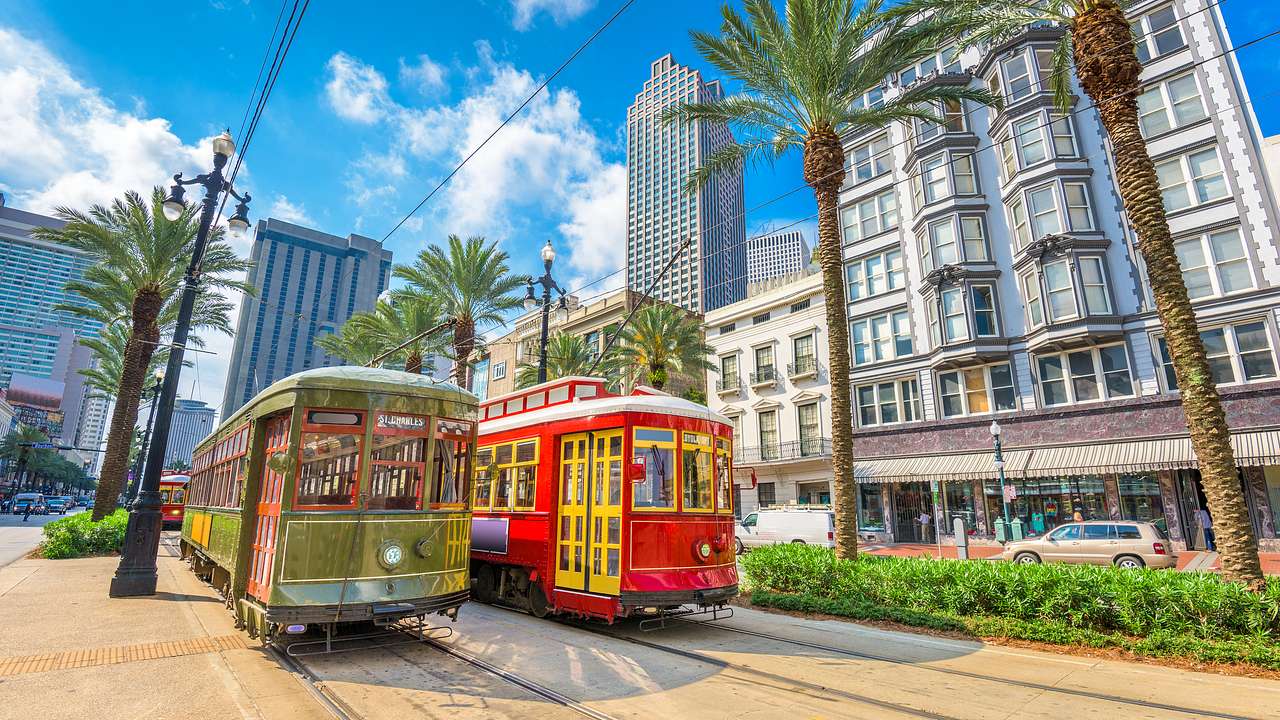Do You Know These 20 Fun Facts About New Orleans, Louisiana?
Destguides may receive commissions from purchases made through affiliate links in this article.
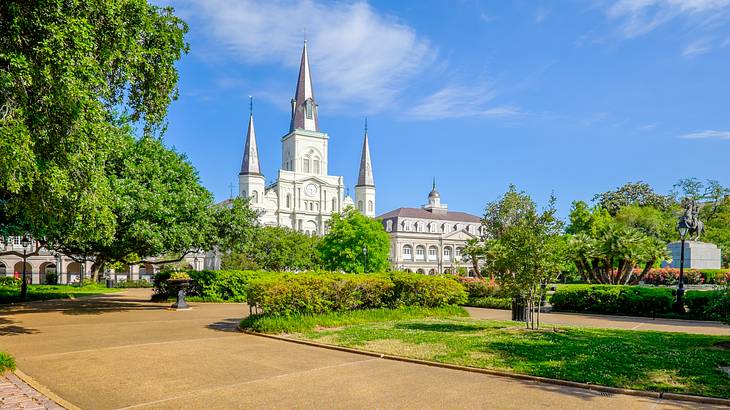
Named one of the world's most unique and interesting cities, it's no wonder there are an array of fun facts about New Orleans, Louisiana. This southern city is famous for its fun and exciting culture. When visiting, you'll discover a lot to do, from going on haunted ghost tours to dancing to jazz and trying delicious dishes.
For those already enamored by New Orleans, these 20 facts are sure to be of interest. Things to learn include when Mardi Gras began, who invented dental floss in the city, and what City Park's original purpose was. Read on to delve into these fascinating NOLA facts!
20 Fun New Orleans Facts
- The first Mardi Gras celebration in New Orleans was held in the 1800s
- Masks are mandatory on New Orleans Mardi Gras floats
- Pirate Jean Lafitte helped defend New Orleans from the British
- Preservation Hall is the oldest New Orleans jazz club
- Hurricane Katrina was the US' costliest natural disaster
- A haunted mansion sits in the French Quarter
- New Orleans is nicknamed Crescent City
- New Orleans features many above ground tombs
- New Orleans was the Louisiana state capital before Baton Rouge
- St. Louis Cathedral is the US' oldest active Roman Catholic church
- Orleans Parish is the third-most-populous in Louisiana
- 25% of the United States' fish species live in the Mississippi River
- New Orleans was the largest Confederate city during the Civil War
- City Park was originally used for dueling
- Bourbon Street isn't named after the alcohol
- The Lake Pontchartrain Causeway is the world's longest bridge
- Dental floss was invented in New Orleans by Levi Spear Parmly
- You can see the tomb of Voodoo Queen Marie Laveau in NOLA
- The first recorded US Mafia activity happened in New Orleans
- Canal Street is one of America's widest roads
New Orleans Facts Video
Check out our highlights video of New Orleans facts.
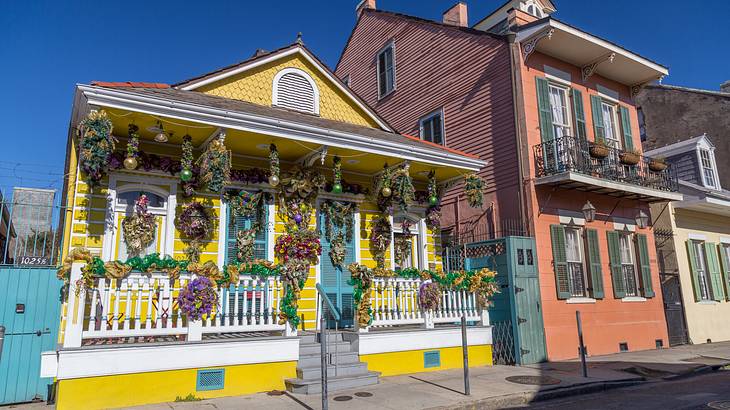
The first Mardi Gras celebration in New Orleans was held in the 1800s
It's believed that the tradition of celebrating Mardi Gras and hosting parades in New Orleans dates back to the 1800s. The first-ever Mardi Gras parade was held in February 1857.
The Krewe of Comus hosted the event and began the long tradition of Mardi Gras float parades and masked costumes. Another of the little-known facts about New Orleans relating to Mardi Gras is that members of the Krewe of Comus also chose the iconic Mardi Gras colors of purple, green, and yellow in 1892.
You can still enjoy Mardi Gras parties today, and attending is a great way to try New Orleans food, meet the locals, and learn about the city's culture. The event is so important to the city that New Orleans has the nickname Mardi Gras City!

Masks are mandatory on New Orleans Mardi Gras floats
New Orleans is well-known for its elaborate annual Mardi Gras party. But a little-known fact relating to the event is that wearing a mask on a Mardi Gras float is mandatory.
In fact, this required mask-wearing is law! The requirement is put in place to keep a sense of mystery and tradition that helps make NOLA Mardi Gras season one of the best in the world.
Pirate Jean Lafitte helped defend New Orleans from the British
19th-century pirate Jean Lafitte is a well-known historical figure in New Orleans. One interesting fact about him is that he helped Andrew Jackson protect the city from British invasion in early 1814 and 1815. As Jackson didn't have enough troops, he teamed up with Lafitte, who offered other pirates to join the fight.
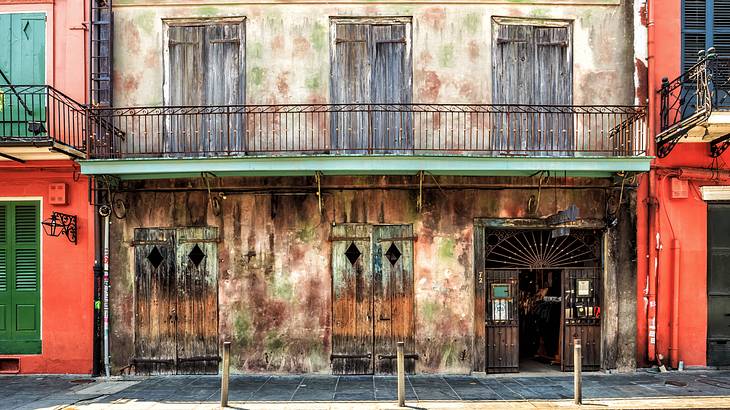
Preservation Hall is the oldest New Orleans jazz club
New Orleans is one of the United States' jazz hotspots. The city is renowned for expanding the genre and has been home to numerous jazz legends, like Louis Armstrong. If looking to enjoy jazz in NOLA, be sure to visit the city's oldest jazz bar, Preservation Hall.
Opened in 1961, this location has been a jazz hotspot for decades. Fritzel's European Jazz Pub, founded in 1969, is another great spot to visit.
Hurricane Katrina was the US' costliest natural disaster
The devastating 2005 Hurricane Katrina, which greatly affected New Orleans, was the most expensive natural disaster the US has seen. Costs associated with the hurricane totaled $172.5 billion.
In New Orleans, the Lower Ninth Ward was the most damaged area, and the city's African American population was, unfortunately, hardest hit. Additionally, a vast majority of the hurricane's total fatalities occurred in the city.
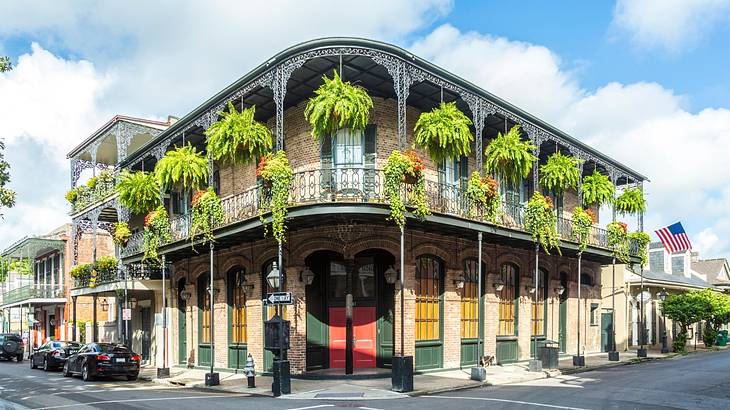
A haunted mansion sits in the French Quarter
The French Quarter is an iconic area of NOLA, with an array of Louisiana landmarks and attractions. One of the creepy facts about New Orleans is that this location also has lots of haunted buildings. One of the most notable is the LaLaurie mansion.
This home in the French Quarter was owned by Madame LaLaurie, a cruel slave master who reportedly tortured and even murdered her slaves. It's thought that the ghosts of LaLaurie and her slaves still haunt the area.
Visiting the mansion on ghost tours is possible, and doing so is a great Halloween activity if in New Orleans in October!
New Orleans is nicknamed Crescent City
One more of numerous New Orleans fun facts is that the area has the nickname Crescent City. This nickname was supposedly given by author Joseph Holt Ingram in the early 1800s. The name came about because the Mississippi River makes a crescent shape around New Orleans.
Other nicknames include NOLA (short for New Orleans, Louisiana) and The Big Easy. The New Orleans Tourism Authority even began promoting the destination under the slogan "America's Most Interesting City" in the 1920s!
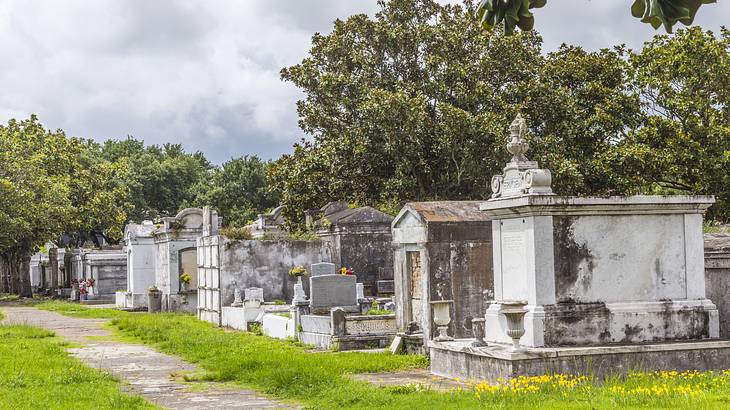
New Orleans features many above ground tombs
New Orleans is known for its multiple iconic cemeteries and spooky history. One of the weird facts about New Orleans is that a lot of of the cemeteries feature a large number of above ground tombs, as opposed to traditional underground burial places.
These rows of tombs almost look like little houses, leading the cemeteries to be called "Cities of the Dead." The main reason for the above ground tombs is that due to the New Orleans' water table being high, it's difficult to dig down into the earth.
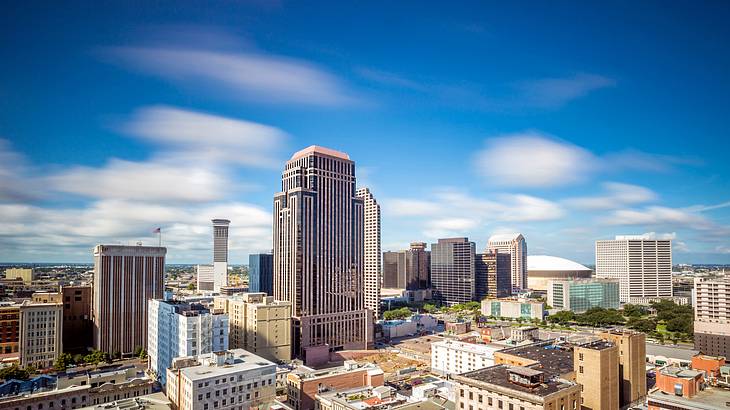
New Orleans was the Louisiana state capital before Baton Rouge
One of the interesting historical facts about New Orleans is that the city was once the state capital of Louisiana. The current state capital of Baton Rouge gained the honor in 1849. However, before that, New Orleans was the capital.
NOLA was officially named the state capital in 1722, four years after the city's founding in 1718. This fact means that New Orleans was the capital of the Territory of Orleans and the first state capital of Louisiana after its admission to the United States in 1812.
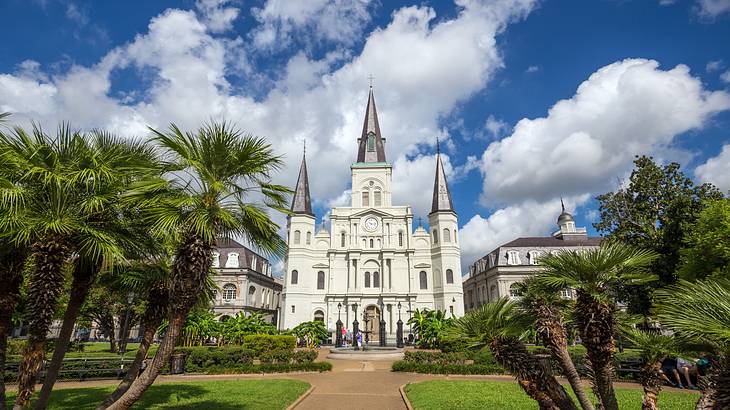
St. Louis Cathedral is the US' oldest active Roman Catholic church
St. Louis Cathedral in Jackson Square is another of the iconic NOLA landmarks. But few people know that the church is the oldest Roman Catholic cathedral in the US that has been continuously active. The cathedral was constructed in 1727 and has been used as an active Catholic church ever since.
Another of various New Orleans history facts is that the cathedral experienced a fire in the late 1700s and was reconstructed in the 1850s. While the structure you see today isn't the complete original, a visit to St. Louis Cathedral has to be on your New Orleans itinerary.
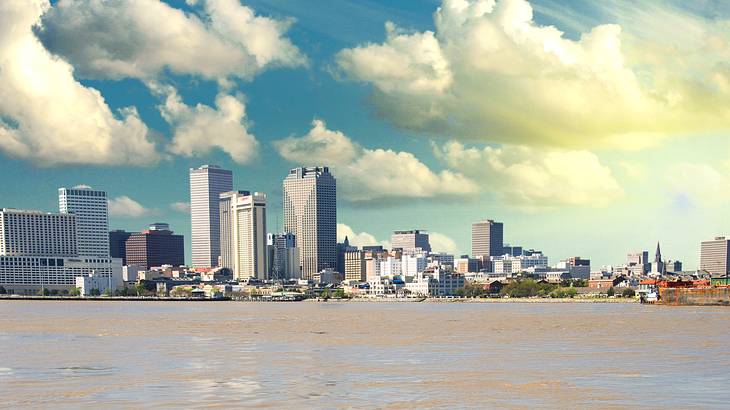
Orleans Parish is the third-most-populous in Louisiana
It's no surprise that New Orleans is Louisiana's largest city. New Orleans also falls under the Parish of Orleans, and this is the third most-populous parish in Louisiana.
The two parishes larger than Orleans Parish are East Baton Rouge Parish and Jefferson Parish. New Orleans also holds the title of being the 46th most-populous metropolitan statistical area in the country.
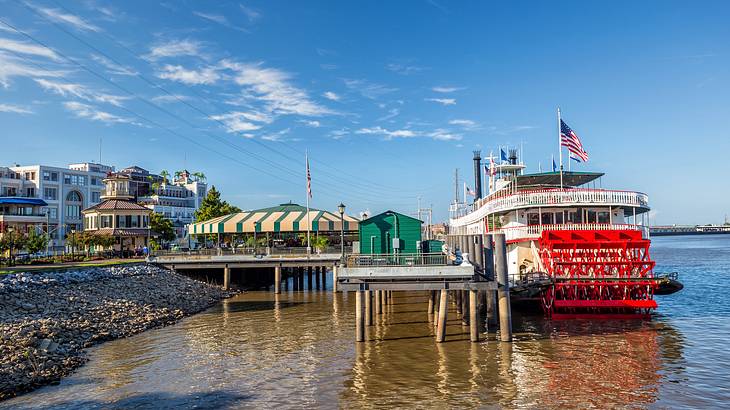
25% of the United States' fish species live in the Mississippi River
The Mississippi River runs right through New Orleans and is a crucial waterway for residents. What many don't know is that it's also an important habitat for animals.
In fact, 25% of the known fish species in the US live in the Mississippi River. A vast array of birds and waterfowl also rely on the Mississippi during migration, and there are over 60 species of mussels inhabiting the river.
If you want to get out on the Mississippi River when in NOLA, there are numerous ways to do so. Taking a Steamboat Natchez cruise is one of the best options. This activity is also one of a multitude of fun things for kids to do in New Orleans.
New Orleans was the largest Confederate city during the Civil War
One of the most interesting facts about New Orleans history is that during the Civil War, when the United States was split into the Union and the Confederacy, New Orleans was the largest city in the Confederate States.
This was the case until May 1, 1862, when the Union Army gained the city during the "Capture of New Orleans."
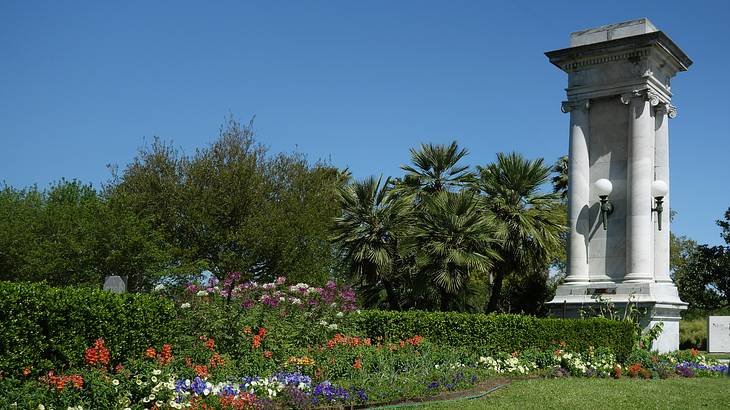
City Park was originally used for dueling
There are various fun facts to learn about City Park, but one of the most fascinating is that it used to be a dueling ground. In the 1800s, duels were often used to settle disagreements. In New Orleans, City Park was the primary location where these fights would take place.
Today, the park is a peaceful place to relax and exercise, and taking romantic strolls through City Park is a popular activity for couples in New Orleans.
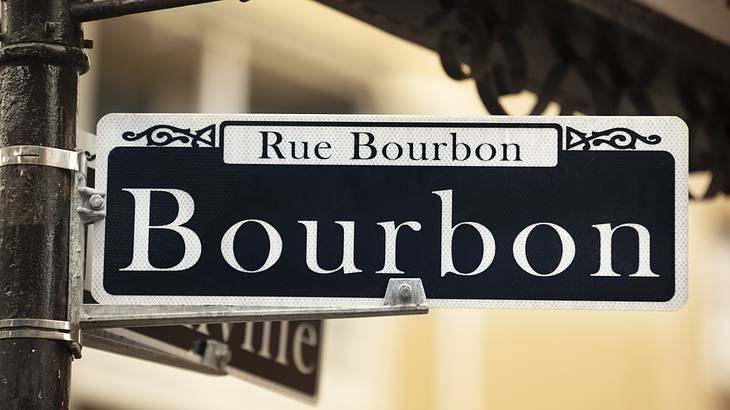
Bourbon Street isn't named after the alcohol
Another of the many important facts about New Orleans is that the iconic Bourbon Street was not named after the liquor Bourbon.
Despite today being known as one of the best nightlife spots in New Orleans, the street actually gets its name from a royal family.
The street was named after the French House of Bourbon in the early 1700s and has kept the name ever since.
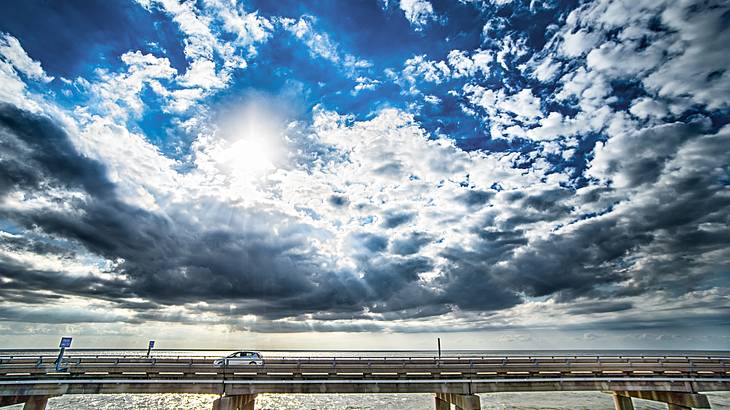
The Lake Pontchartrain Causeway is the world's longest bridge
One of an array of New Orleans trivia facts is that the Lake Pontchartrain Causeway is the longest bridge in the United States. It's also the longest continuous bridge over water in the world.
The over 38-kilometer-long bridge connects New Orleans, via Metairie, to the North Shore suburb of Mandeville. It spans across Lake Pontchartrain and allows those in Greater New Orleans to reach downtown easily.
Dental floss was invented in New Orleans by Levi Spear Parmly
Dental floss was invented in NOLA in 1819 by dentist Levi Spear Parmly. The dentist recommended use of waxen silk thread to remove matter that couldn't be reached by brushing, therefore, lessening the chance of dental issues occurring. Despite being invented in 1819, you couldn't buy floss commercially until 1882.
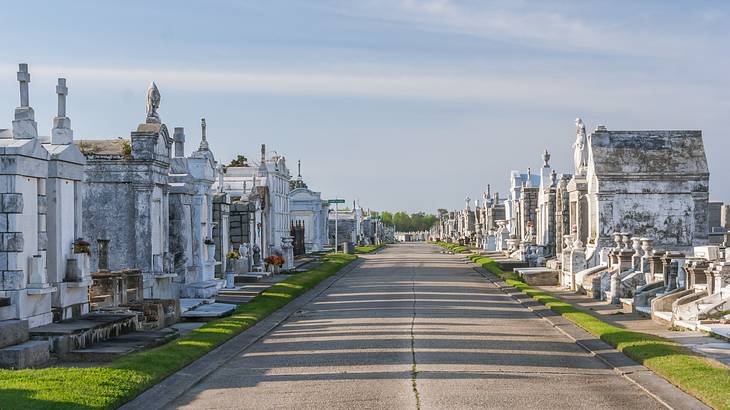
You can see the tomb of Voodoo Queen Marie Laveau in NOLA
One of the interesting facts about New Orleans, Louisiana, is that Voodoo priestess Marie Laveau's tomb is located in the city.
Found in St. Louis Cemetery No.1, her existing followers and those fascinated by paranormal activity and voodoo legend flock to her grave each year.
There are also reports of her ghost being seen near the tomb, making St. Louis Cemetery one of the most haunted places in New Orleans.
The first recorded US Mafia activity happened in New Orleans
While US cities like New York and Chicago are known as hubs for Mafia activity, the first Mafia family in the US was based in New Orleans.
The Matranga family is noted as being the first Mafia family in the US to set up their criminal organization in the late 19th century in New Orleans. Some even say NOLA is the birthplace of the American Mafia!
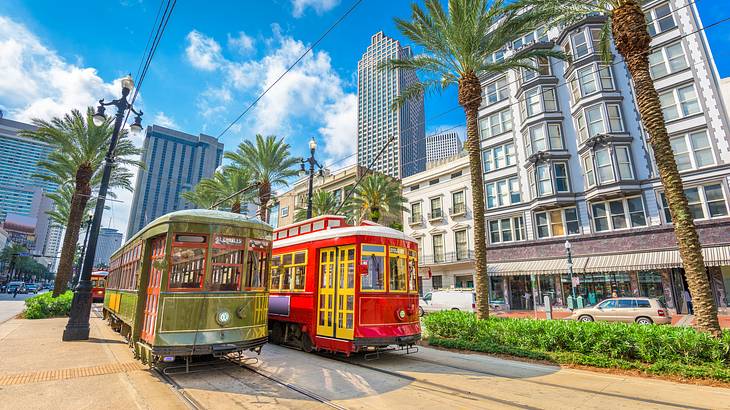
Canal Street is one of America's widest roads
Canal Street is another of the most popular locations in NOLA, packed with shops, bars, and restaurants. It's also one of the widest roadways in the United States. The 210-year-old street is 171-feet wide and has also previously been named the widest street in the world.
Another interesting Canal Street fact is that it used to act as a separated and neutral ground between the French Creole and American communities. Today, all New Orleans residents and tourists enjoy this bustling and historic street!
In Summary
As you can see, there are an array of cool facts about New Orleans! This fascinating city has a lot to teach visitors about its history and culture.
Learning these 20 facts is the ideal way to get more insight into NOLA and discover things only locals know.
Want to keep exploring?
Subscribe for discounts on tickets and hotels and our latest guides.
Thank you for subscribing
We will be in touch soon with discounts on tickets and hotels and our latest guides.
Want to keep exploring?
Subscribe for discounts on tickets and hotels and our latest guides.
Thank you for subscribing
We will be in touch soon with discounts on tickets and hotels and our latest guides.

